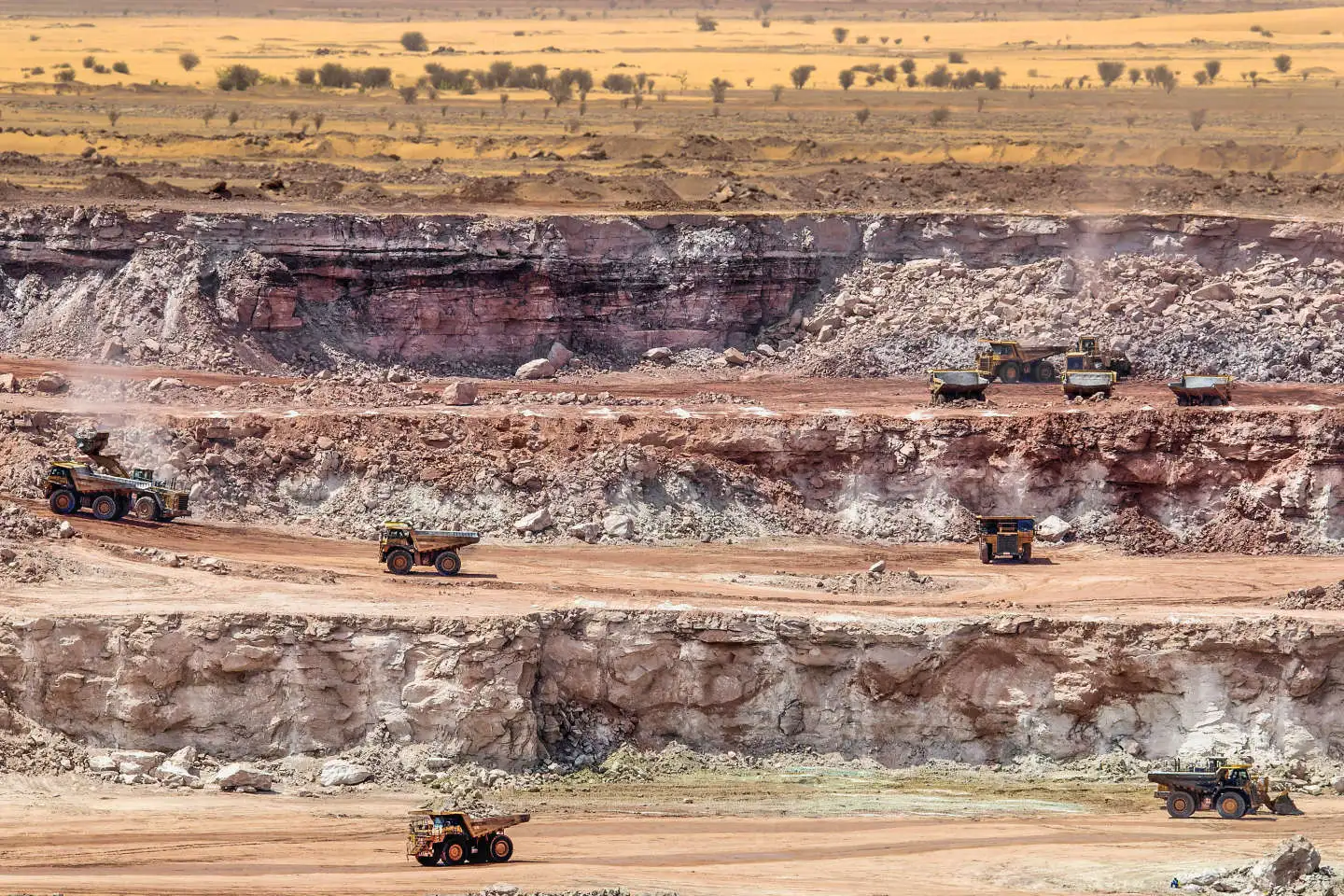How dependent is France on Niger's uranium?
How dependent is France on Niger's uranium?

How dependent is France on Niger's uranium?

How dependent is France on Niger's uranium?

How dependent is France on Niger's uranium?

@MattMastodon @Sodis Careful about labels. »Renewables« often includes biomass (which is just fast-track fossil tbh) and hydro (which is not so volatile). I'm talking about wind and solar specifically (volatiles).
40% is roughly the mean capacity factor of a good mix of volatiles. This is what you can directly feed to the user from the windmill/panel, without storage. You can expand a bit by massive overbuilding, but you can't overbuild your way out of no wind at night.
Mostly we don't use energy at night. In the UK there is a peak in the morning. In the UK we mainly use gas to fill this. We will have to find a storage solution as nuclear can't be upscale that quickly. Gas was meant to be used just to fill the gaps but it's quickly become a staple.
We need to find a way of smoothing the graph. Energy storage is the best option in the short term.
Or we can vary use.
@MattMastodon @Sodis Again: that demand is lower at night is already factored in. Roughly 40% of demand can be directly met by volatile sources. You may think nuclear is slow to deploy, but it's still much faster than anything that doesn't exist.
The gap is 60%. Gas is a fossil fuel. Varying use is mostly a euphemism. If you hurt industry, you won't have the industry to build clean energy sources.
@MattMastodon @Sodis If you include construction and disposal (and transport and so on…) it is called lifecycle costs. First image shows that per energy produced (sorry german, »AKW neu« is new-built nuclear).
Uranium comes from all over the world. Second image shows the situation a few years ago. Niger is place 5, Russia place 7.
@MattMastodon @Sodis We're going in circles. Volatile sources can only supply 40% of current demand for £50/MWh. The question is what fills the rest.
If storage, then the price goes up immediately by at least two conversion losses from/to storage, in addition to the cost of storage itself. Which doesn't exist at the needed scalability.
Pointing to single projects is not meaningful, as we need to build a fleet anyway, which has its own dynamics.
OK so I have googled the men capacity factor and of course #nuclear has nearly 100% and #renewables only 40%.
But this just means it produces on average 40% of it's capacity. You'd need a sunny windy day to get 100%
What I've read about is a #SWB (Solar wind and battery) system with massive overcapacity
So biomass, hydro and battery can take up the slack when needed. Or gas - which has a very low mean capacity factor lt;10% but is usually used as a last resort
I'll try to explain the 40%, sorry for the parts that you already know.
Electric energy is always produced at the same time (and »place« roughly) as it is consumed. (You can't pump electricity into some reservoir to be consumed later, you always need a different energy form for storage.)
The problem with volatile sources is that they mostly (more than half) produce energy at the wrong time and/or the wrong place, and at other times produce nothing.
⇒